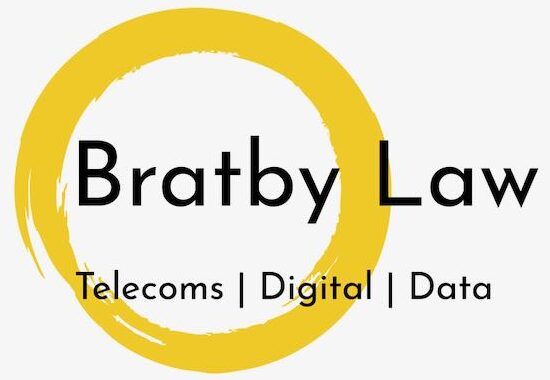Today post is a guest post from John Enser and Matt Phillips, and is the executive summary of Chapter 2 (‘Pipes’) of their 2011 Convergence Survey:
The fundamental issue of how to deliver content and services is one that continues to dominate the industry, especially in the UK. The government needs to deliver on high-speed broadband – and the future take-up of advanced (bandwidth-hungry) services is dependent on this infrastructure being in place, as one TV industry executive explains:
“The backbones are not engineered for streaming simultaneous programming. They are engineered for downloading and somebody has to pay for new backbones to introduce a system that will give you the World Cup final streamed to 25 million homes in the UK, never mind anywhere else.”
Hybrid networks, which use broadcast technology for one-to-many transmissions, and IP delivery for point-to-point communications, are clearly part of the answer. A major challenge is for service providers to offer end-to-end quality of service. This plays into the strengths of both established pay TV platforms and new entrant IPTV providers.
However, telcos still have to battle to avoid being pushed into the role of “dumb pipes”, as they seek to secure both content and consumer attention.
In the UK, the “net neutrality” debate is still nascent, but is likely to intensify as the bandwidth bottleneck becomes more acute and as regulatory scrutiny increases. Although some content distributors and/or rights holders may find a commercial rationale which justifies paying for access to the fast lane, we suspect that most will not – and that they will instead push for regulatory protection against discrimination. Ultimately, the consumer is most likely to pay, but the financial model for any consumer contribution is not yet clear.
